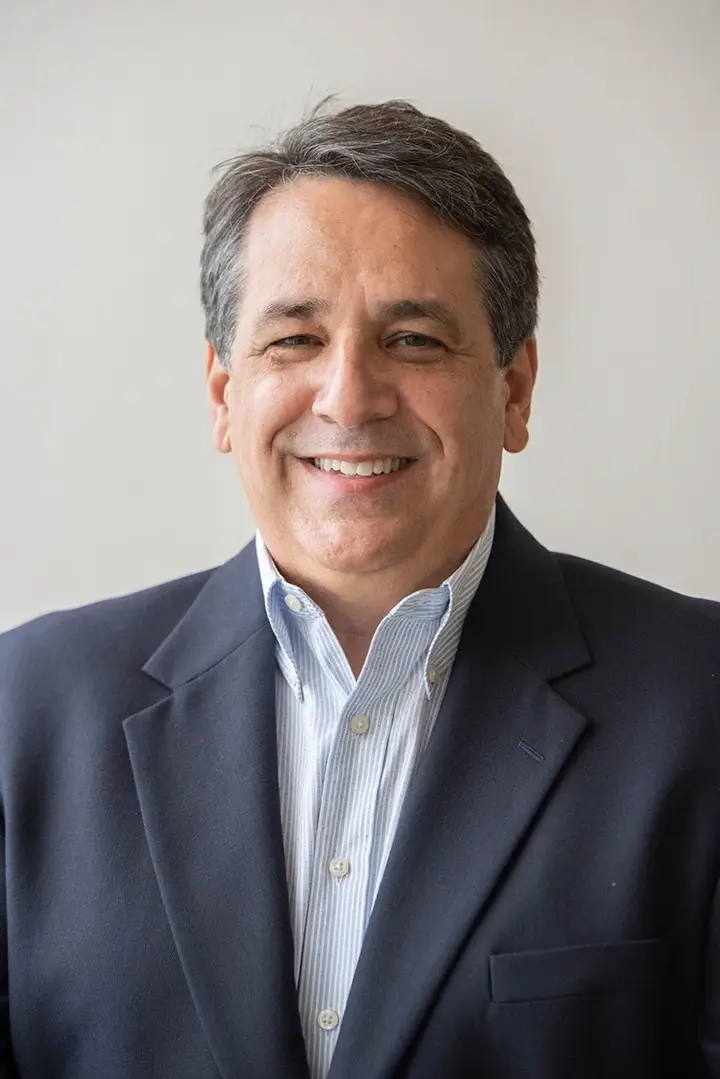Kirk, the 23-year-old quadriplegic from Layton, has just returned home after a journey took him to the far east in search of stem cell therapy. Now after receiving a series of 5 stem cell transplant injections over a five-week period in China, he is waiting for miracles.
Kirk was paralyzed in 2004 during a snowmobile accident after breaking two vertebrae in his neck, and has no movement below his chest.
“It is going to be interesting to see what happens in the months ahead,” Kirk said.
Stretching therapy, massage, acupuncture, and of course stem cell injections all played a role in his treatment regimen and will hopefully play dividends in a few months.
Unrelated to the controversial stem cell transplants involving fluid taken from unborn human embryos, Kirk’s treatment consisted of stem cell fluid derived from the blood extracted from discarded umbilical cords. The stem cell spinal fluid was injected into Kirk’s lumbar area and spinal cord in the Shenzhen hospital.
“It’s not an aborted fetus. It is not what they are using,” Kirk said. After the media reported he was traveling to China to receive the stem cell transplant, he received some criticism by e-mail.
But for the desire to improve his quality of life, Kirk offers no apologies.
More than 6,000 stem cell transplants have been performed at the Chinese hospital with no complications whatsoever.
Kirk his family carefully reviewed the procedure before spending their money and he said that, “he’d take 6,000-to-1 odds.”
Walking remains Kirk’s goal, but he realizes that he may not be walking like he did before the snowmobile accident right away. At least not with the first full five-week treatment.
But with the improvements he has made in such short time, he is satisfied.
He can sit a little straighter behind the steering wheel of his truck and can lift his arms a little higher than before. But he still cannot drive himself anywhere.
“I’m able to do things in physical therapy I wasn’t able to do before,” he said after being home just a few days. “Even a little improvement is worth it.”
Last Thursday, Kirk resumed taking business classes at the University of Phoenix because he has been feeling so much better. He also teaches Spanish at an elementary school where he returned to work on Monday.
He seems to be “re-motivated” after his trip to China says his wife Jessi. She believes that in an effort to regain his lost mobility from the accident, Kirk is now working even hared after his treatment.
Before she recommends stem cell transplants to her other clients, Kirk’s physical therapist Jan is taking a wait-and-see approach.
“I think there are a lot of unknowns,” said Jan, who has a master’s degree in science in physical therapy.
She must remain objective says Jan. Also, when measuring any improvements, Jan must factor in Kirk’s significant increase in physical therapy since the stem cell transplant.
Kirk now attends the clinic four to five times per week. Each session lasts anywhere between five to six hours per day. Before the treatment, he would spend 90 minutes per day at the clinic only one or two times per week.
Also, it could take three to six months before any progress can be measured according to Kirk’s family.
“What we hope is, is that (Kirk) did come back motivated and we can tap into that,” she said.
A power-assisted wheel chair used to make things easier for Kirk, but perhaps an indication of his renewed motivation is that he has switched to a manual wheelchair now.
“His attitude has probably been the biggest change,” Jan said. Kirk is interested in going to his limits now to improve his condition.
“I think the motivation is to see if he can get the maximum potential from (the transplant) he received,” Jan said.
As he works to achieve all his goals, he will be under many watchful eyes says Jan. Of all her clients, Kirk is the first to receive a stem cell transplant in her sixteen years as a physical therapist.
Doctoral students from the Division of Physical Therapy at the University of Utah are monitoring his progress. Also, being treated at the clinic are 40 other patients suffering from spinal-cord related injuries. Kirk’s unique treatment has sparked intense interest among patients and family members alike.
“It’s not a common thing right now,” Jan said of stem cell transplants.
“I’m just waiting and watching,” she said. She is interested to see Kirk and his progress just like everyone else.
It is the hope of Kirk’s family that their journey over the Pacific Ocean was not in vain. They continue to wait and watch.
“I think he has done well,” Jon said of his son who returned home Feb. 17.
“(Kirk) feels good about things.”

